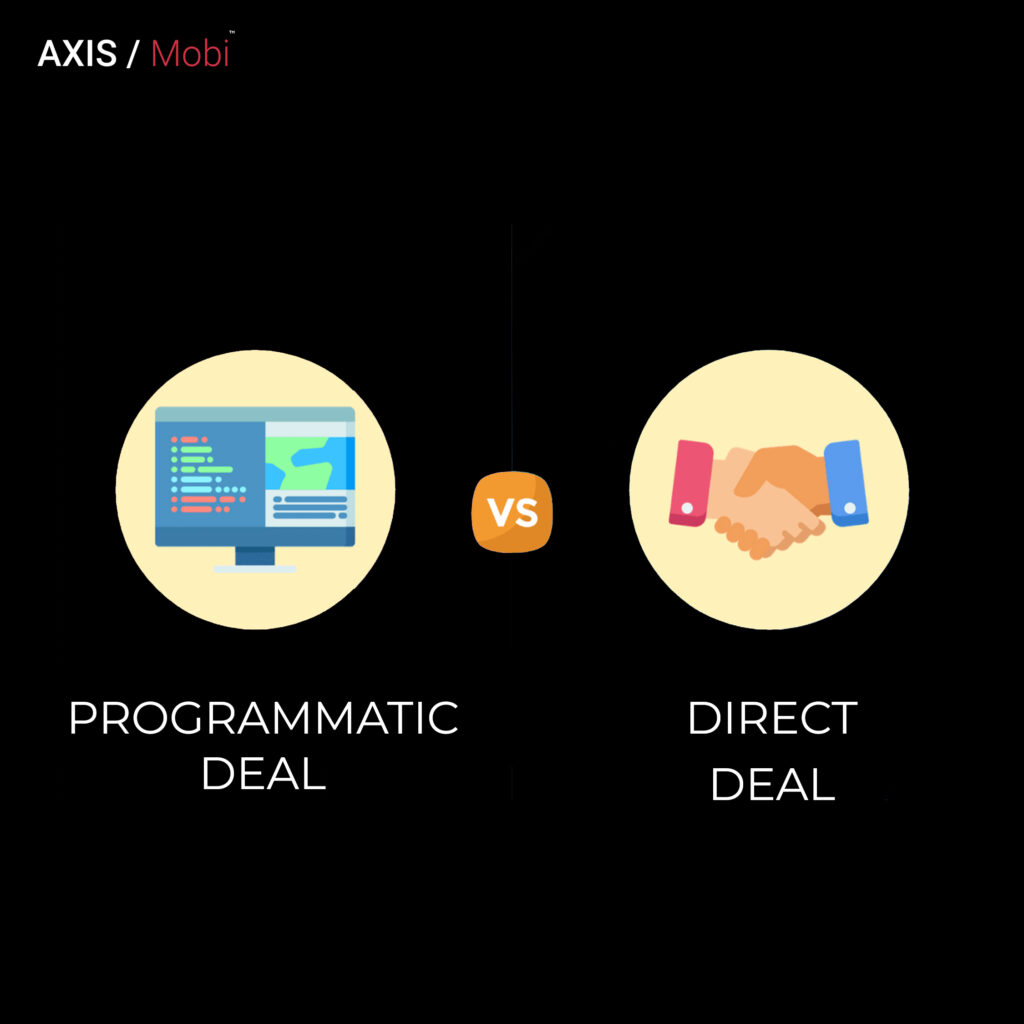Remember the iconic scene from the 2002 sci-fi film “Minority Report,” in which a camera scans Tom Cruise’s retina and a billboard calls out to him, “John Anderton! You could use a Guinness right now!”
Programmatic advertising is a forerunner to this type of real-time, immersive, direct targeting, which will eventually occur outside of the web browser. Data is compiled in fractions of seconds, and an ad is generated to the exact target, at the exact time of need, while utilizing ad dollars efficiently.
What Is Programmatic Advertising?
Programmatic advertising is a real-time algorithmic process for buying and selling ad space. Many social media platforms, such as Google Ads and Facebook Ads, are programmatic. To create an efficient, cost-effective buying strategy, these platforms employ complex mathematical formulas that evaluate a seller’s goals, inventory data, third-party consumer data, ideal ad formats, bidding preferences, and consumers’ online behaviour patterns.

When a streamlined, cohesive approach is required to maximize the efficiency of campaigns across all points of the funnel, “ad stacks” provide end-to-end solutions for enterprises that require comprehensive tools in a concise platform. AdRoll, Quantcast, and Sizmek are some examples of “ad stacks” that deliver programmatic ads.
Although agencies have access to a wide range of technology tools, it is the high-level tools that truly define the vast capabilities of the most effective ad stacks. A sophisticated ad tech stack, a message-matching landing page, and voilà, you have a powerful path to the conversation.
What Is the Difference Between Real-Time Bidding and Programmatic Direct?

Real-time bidding (RTB) and programmatic direct are the two main types of programmatic advertising.
Real-Time Bidding:
As the name implies, real-time bidding automates the purchase of ad space in real-time based on data collected about the page and the user. This data is sent to an ad exchange, where ad inventory is auctioned off to advertisers.
This happens on one of the two platforms used to access the ad exchange:
SSPs (supply-side platforms): These enable publishers to gain access to the ad exchange and list their ad inventory for auction.
DSPs (demand-side platforms): These platforms allow advertisers and agencies to bid on ad space in the ad exchange auction.
What is Real-Time Bidding?

Six basic steps occur during real-time bidding:
- Publishers make their advertising space available through the SSP.
- Advertisers target specific audiences with their ads based on audience data, existing customers, or new prospecting audiences.
- When a website user visits a web page, the ad exchange receives information from cookies.
- If the website user matches the advertiser’s target audience, the advertiser will enter an auction, competing against other ads for the same audience.
- The ad with the highest bid is then displayed to that website user during that visit.
- Publishers are compensated for the advertisements that appear on their websites.
Steps 3-5 are completed in less than a second as the web page loads, ensuring a smooth customer experience.
Direct Programmatic:

Advertisers can buy preferred ad inventory more easily using programmatic direct. It is sold directly by the publisher, giving the publisher more control than real-time purchasing channels. There is no bidding process in programmatic direct advertising.
There are two kinds of programmatic direct advertising:
Guaranteed Programmatic Deals: Created for reserved inventory at a fixed price.
Unreserved Fixed-Rate Deals: Allows direct buyers to be the first to access blocks of inventory at a fixed price.
In both cases, the ads are managed programmatically and benefit from programmatic targeting. In some cases, the negotiations between buyers and sellers are automated.
Precision Targeting Powered by Data:
Because of automated bidding based on real-time data, programmatic advertising enables advertisers to reach a more relevant audience with greater precision. This type of data-driven targeting is impossible with traditional display advertising purchased upfront.
Critical Advantages of Programmatic:

- Reduces human error in the media buying process because automation targets the right audience at the right time.
- Allows you to focus on strategy rather than creating insertion orders.
- Increases brand awareness and engagement through efficient CPMs that are highly targeted to your ideal accounts and key personas.
- Ad fraud is detected using machine learning techniques that aid in the identification of fraudulent click behaviours.




